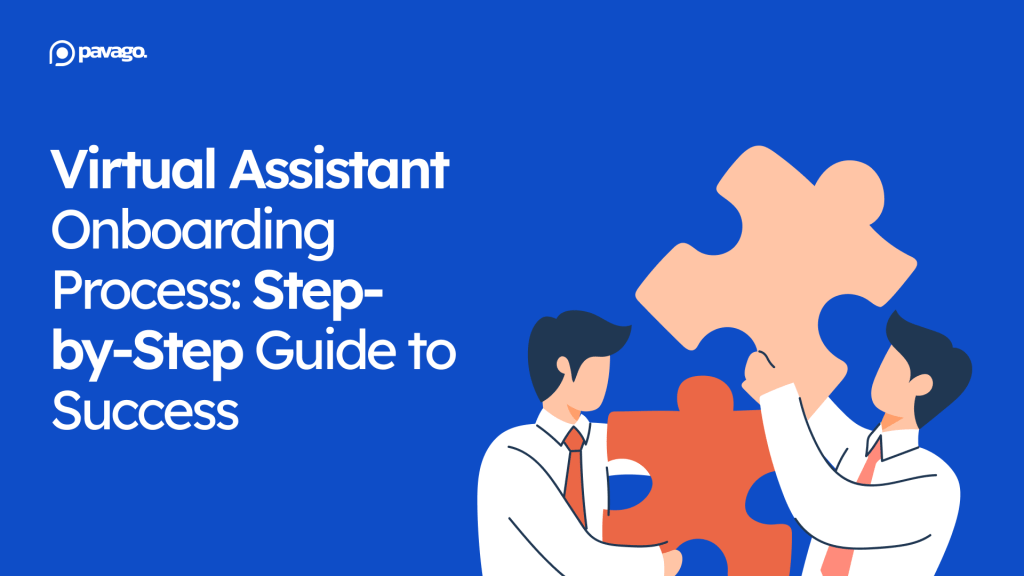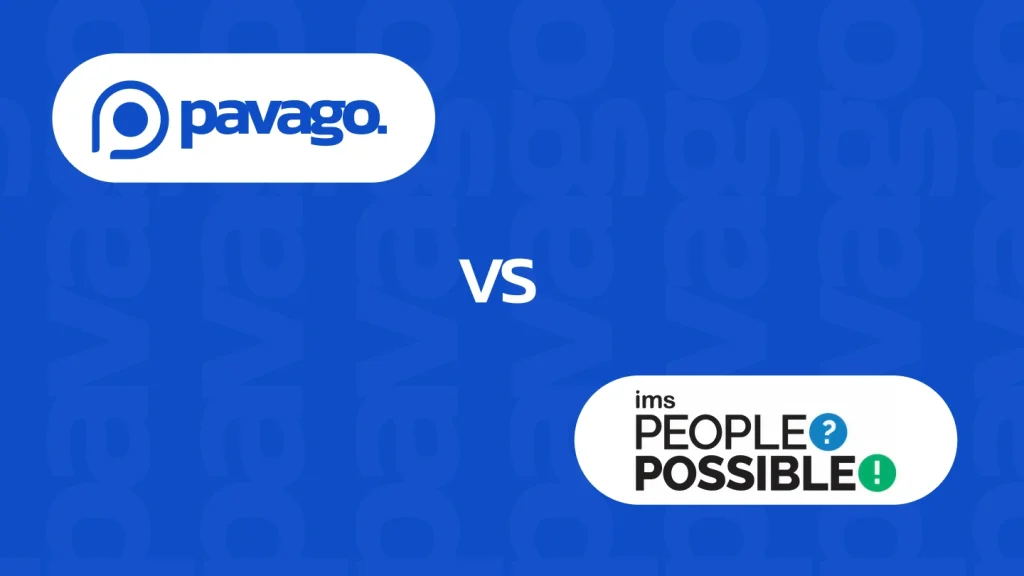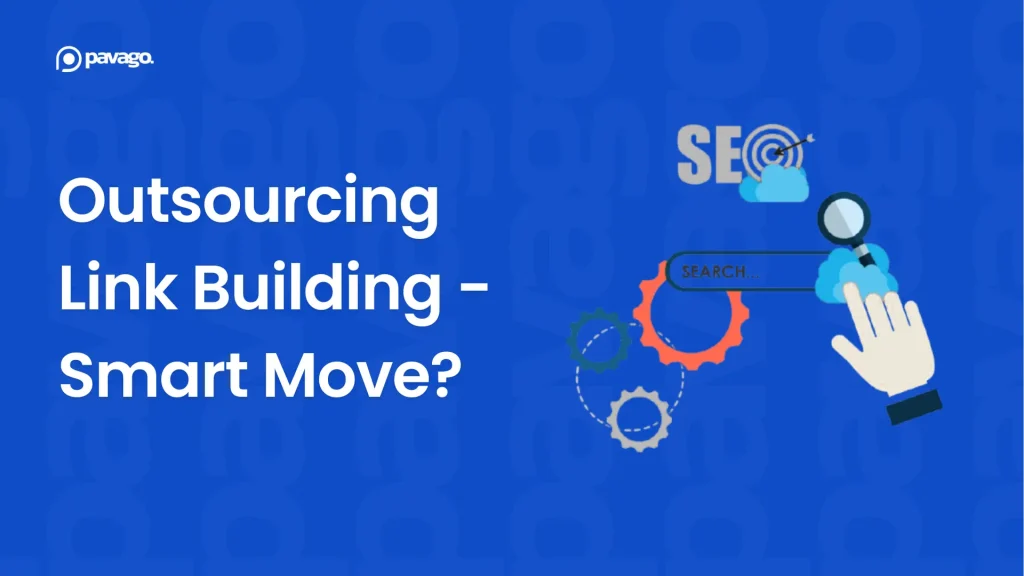Bringing a new virtual assistant (VA) onboard can be both exciting and daunting. A smooth onboarding process is crucial for setting up your VA for success and ensuring they become a valuable asset to your team. But how do you make this transition seamless and effective?
Here’s what we’ll cover:
- Why Onboarding is Important for New VA Hires
- Challenges of the Virtual Assistant Onboarding Process
- Things to Prepare Before Onboarding
- How to Onboard and Integrate Your Assistant
👉 If you’re looking for a cost-effective and efficient way to hire top talent, Pavago can help. With our $500 yearly membership plan or unlimited placements at $329 per month per candidate, you can hire your new VA smoothly and effectively save up costs for the onboarding process.
Why is Onboarding Important for New VA Hires?

A structured virtual assistant onboarding process is crucial for enhancing productivity and efficiency from day one. When you integrate your newly hired virtual assistant properly, they can begin working on initial tasks effectively, track task progress, and align with your business processes seamlessly. This ensures that your VA onboarding process is smooth, helping your virtual assistant understand their role, the company’s culture, and the key performance indicators they need to meet.
Additionally, businesses with structured onboarding see an average of a 60% revenue increase yearly. A thorough onboarding process involves using project management software and other important tools to monitor task completion and manage documents efficiently. This not only helps the new VA feel like a valued team member but also ensures they can contribute to long-term success and help your virtual assistant business grow.
Moreover, a well-planned assistant onboarding process builds a strong working relationship and trust between the new Latin virtual assistant and the rest of the team. Organizations with effective new employee onboarding have an average of 33% higher employee engagement and see a 70% increase in new hire productivity. By setting clear expectations and fostering open communication, you reduce turnover and increase job satisfaction.
Aligning the VA with company goals and culture through a step-by-step guide and regular feedback sessions can also enhance their integration process. Establishing a mutually beneficial working relationship and using tools like scheduling tools and video calls can further solidify their role within the team, leading to a productive working relationship.
Challenges with the Virtual Assistant Onboarding Process
Onboarding medical virtual assistants comes with its own set of challenges. Recognizing these issues early can help you create a more effective onboarding program.
Communication Barriers

One of the biggest hurdles in the virtual assistant onboarding process is ensuring clear communication. Remote workers and virtual assistants often work in different time zones, making synchronous communication difficult. This can lead to delays in responses, misunderstandings, and a lack of real-time feedback. The absence of face-to-face interaction causes miscommunication, which can result in errors and rework, complicating the VA onboarding process.
Information Overload and Lack of Structure

A common issue in the virtual assistant onboarding process is trying to cram too much information into too short a time. It’s better to spread out the orientation over a week, depending on the complexity of the VA’s role, and provide guidance for as long as the first month. Additionally, many businesses fail to provide a structured onboarding program. Without structure, important details can be missed, leading to wasted time and a prolonged onboarding process as things need to be revisited.
Lack of Proper Training and Tools

A thorough remote employee onboarding process includes detailed training sessions. However, many businesses fail to provide adequate training materials and schedules during the onboarding phase. This leaves the VA unprepared for their role, leading to mistakes and decreased productivity. Delays in providing tools and resources can significantly hamper productivity and reflect poorly on the organization, demotivating the VA during the onboarding period.
Building Trust and Relationships
Establishing a productive working relationship with a new virtual assistant during the onboarding process can be challenging. Trust and rapport are harder to build without face-to-face interactions. The virtual nature of the relationship can make the VA feel isolated and less connected to the team during the critical initial period. Regular check-ins are essential to ensure the new worker is acclimating to their role and to answer any questions they might have.
Things to Prepare Before Onboarding Your Virtual Assistant

To make the most out of the onboarding process, we recommend preparing these key items:
Your SOPs
SOPs (Standard Operating Procedures) are essential documents that outline specific tasks within your company. They act as user manuals for your assistant, covering tasks like publishing social media posts or answering customer emails. Create SOPs using Google Docs or visually through Loom
Your Personal Info and Preferences
Have a document ready with your personal info and preferences. This includes your full name, birthdate, email address, preferred calendars, important contacts, and any specific personal preferences. This helps reduce the time spent explaining these details to your assistant.
Your Expectations
Set clear, realistic expectations for yourself and your new assistant. Understand that it might take some time for your VA to adjust to your processes and tools. Be patient and allow time for learning curves. Remember, delegation requires effort initially but pays off in the long run.
How to Onboard a Virtual Assistant? A Step by Step Process

To ensure a smooth and effective onboarding process for your virtual assistant, it’s essential to follow a structured approach. By preparing in advance and clearly defining each step, you will learn how to setup virtual assistant onboarding processes for success and integrate them seamlessly into your team. Here are the six essential steps to guide you through the process:
1) Start with Your Company Culture
Begin the VA onboarding process with an overview of your business, including your goals, industry, target market, and professional objectives. This will provide your full-time virtual assistants with a shared context, making it easier for them to understand your company’s goals, clientele, and values.
This step is also crucial for building rapport. When your VA understands the bigger picture, they can make more informed decisions and align their work with your company’s mission.
Additionally, a comprehensive company overview helps in fostering a sense of belonging and purpose. It can motivate your VA to contribute effectively right from the start.
👊 Tip: Create a simple presentation or document that outlines your company's history, mission, and key milestones to share with your VA. This can serve as a handy reference for them.
2) Give Appropriate Access to Technology Systems
Prepare all necessary tools and software before your VA’s first day. Ensure they have access to company email and communication tools like Slack. This setup is crucial for seamless communication and task management.
Provide user accounts for shared platforms such as project management apps such as Asana or Notion. These tools are essential for collaboration and project management, allowing your VA to integrate smoothly with ongoing projects.\
Don’t forget time-tracking software if applicable. This will help in monitoring productivity and managing work hours effectively. Also, consider using a password manager like LastPass to protect sensitive information while granting access.
👊 Tip: Record short tutorial videos using a tool like Loom to guide your VA on how to use these tools effectively. This can save time and reduce confusion.
3. Collect Key Documents and Write Down Your Expectations

Set clear, realistic expectations for your new virtual assistant. Start with a comprehensive meeting to discuss your goals, standards, and specific outcomes you anticipate. This ensures that both you and your assistant are on the same page from the start of the virtual assistant onboarding process.
Outline the Key Performance Indicators (KPIs) that will be used to measure success. Explain the expected deliverables for their role and the timelines associated with these tasks. Clearly defining these aspects helps your VA understand what is expected and how to prioritize their work effectively.
Discuss the reporting structure and establish who the VA should report to and collaborate with. Provide any additional information that will help them integrate into your team smoothly. This step is essential in fostering a productive working relationship and aligning with company goals.
👊 Tip: Document all these details in a written guide that your VA can refer back to. This will help them stay aligned with your expectations and reduce the need for frequent clarification throughout the assistant onboarding process.
4. Create a Checklist to Track Task Progress
Prepare detailed SOPs for the tasks your virtual assistant will handle. These documents should include step-by-step instructions on how to perform specific tasks, ensuring consistency and reliability in their work. SOPs act as user manuals for your VA, covering everything from publishing social media posts to managing customer emails.
Clearly outline the purpose and scope of each task. Define any specific terms and provide references for further information. Detailing the roles, administrative tasks, and responsibilities involved in each process helps your VA understand their part in the larger workflow.
Including a checklist in your SOPs can help your VA track task progress and ensure all steps are completed correctly. This approach reduces the need for constant supervision and allows your assistant to work more independently.
👊 Tip: Create SOPs in various formats, such as text documents or video tutorials, to cater to different learning styles. Using tools like Notion or Loom can make these resources easily accessible and understandable.
5. Communicate Early and Often
Establishing clear communication guidelines is crucial in the virtual assistant onboarding process. Proper communication ensures your new virtual assistant understands what is expected of them and can reach out when they need help. Define who your assistant should contact for various issues, such as task clarifications or technical support.
Specify the preferred communication protocols and channels, whether it’s email, Slack, or another platform. Clarify when you or your team will be available to answer questions and how quickly your assistant is expected to reply. Regular updates are essential, so outline the frequency and format of these communications.
Effective communication helps build a strong working relationship and prevents misunderstandings. It also enables your VA onboarding process to run smoothly, as your assistant will know exactly how to stay connected with the other team members and you.
👊 Tip: Create separate guides for different communication processes, such as regular reports via email and quick questions via Slack. This specificity will help streamline your virtual assistant's workflow and reduce confusion.
6. Define and Track Key Performance Indicators
Establishing and communicating clear Key Performance Indicators (KPIs) is vital for a successful virtual assistant onboarding experience. KPIs provide measurable goals that help your new virtual assistant understand what success looks like in their role. Clearly define these indicators and explain how they will be measured.
Set expectations for the deliverables and timelines associated with each KPI. Regularly review these metrics to ensure your VA is meeting the expected standards. This step not only keeps your VA aligned with your business objectives but also motivates them to achieve their targets.
Performance tracking is crucial for identifying areas where your VA excels and where they might need additional support. By monitoring these indicators, you can provide timely feedback and adjust the onboarding process as needed to enhance their performance.
👊 Tip: Use project management tools like Asana or Trello to track task progress and KPIs. This helps in maintaining transparency and provides your VA with a clear view of their responsibilities and achievements.
Secret Tip: Start Before the Onboarding Process
The first step of onboarding a virtual assistant actually starts before they’re officially onboard. Seems impossible, but consider this: the perfect onboarding process with the wrong person will still fail.
Before choosing your remote virtual assistant, it’s important to make sure they’re a good fit for:
- How you work
- Company culture
- Personality
- Skill and experience required
How you handle your recruiting and hiring affects everything that happens downstream.
💡 With Pavago, this worry is removed. We find you the best fit in just three weeks, ensuring that your virtual assistant perfectly matches your work style, company culture, and required skills. This way, you can be confident you have the right person from the start, paving the way for a successful onboarding process.
Make Onboarding Easy with Pavago

Wrapping up, you’ve now learned how to effectively onboard a virtual assistant, ensuring they are well-prepared and integrated into your team. Implementing these steps will set the foundation for a productive working relationship.
Here are the key takeaways:
- Start with your company culture
- Provide access to technology systems
- Set clear expectations
- Create a task progress checklist
- Establish robust communication guidelines
- Define and track KPIs
✌️ With Pavago, finding the right virtual assistant becomes a breeze. We specialize in sourcing top-tier talent from Pakistan and Latin America, and provide comprehensive training for the onboarding process, ensuring your new assistant is well-prepared from day one.
















